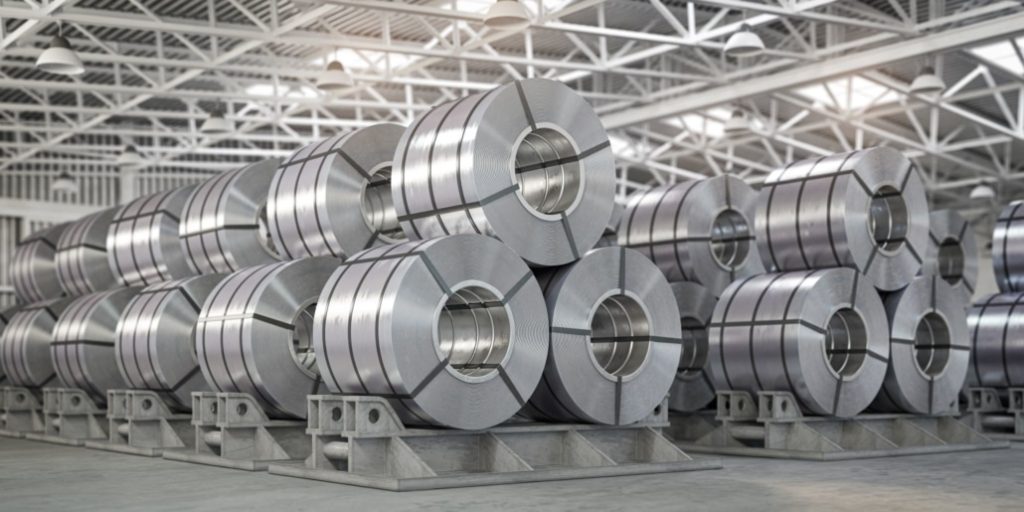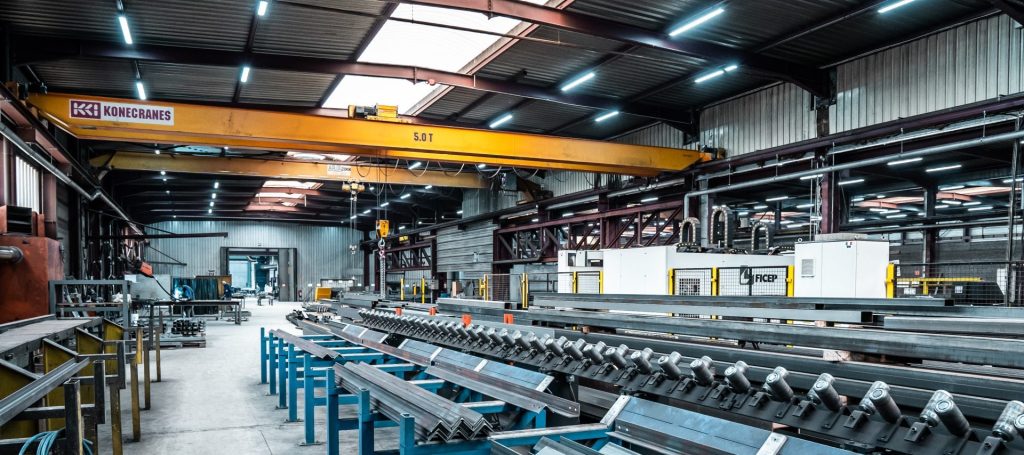3003 Aluminum Alloy Sheets

2014 Aluminum Forgings for Aerospace, Commercial, Oil and Gas, Nuclear, Marine, and Defense Industries
Welcome to Hub Metals and Trading, your premier supplier of raw metals. Specializing in 2014 aluminum forgings, we serve a diverse array of industries including aerospace, commercial, oil and gas, nuclear, marine, and defense. Contact us today at (833) 800-8992 to learn how we can support your manufacturing needs with high-quality aluminum forgings.
Applications in Key Industries
2014 aluminum forgings are highly valued in the aerospace industry for their excellent strength-to-weight ratio and exceptional fatigue resistance. These properties are critical for the production of aircraft components such as wing spars, fuselage frames, and landing gear parts. The high machinability of 2014 aluminum allows for the precision manufacturing necessary in aerospace applications, ensuring components meet stringent performance and safety standards.
In commercial sectors, 2014 aluminum forgings are used in a variety of applications, from automotive to construction. The alloy’s high strength and excellent machinability make it ideal for manufacturing automotive parts, such as engine components, suspension systems, and drive shafts. Additionally, its corrosion resistance ensures durability in construction materials, contributing to the longevity and safety of commercial buildings and infrastructure.
The demanding environments of the oil and gas industry require materials that can withstand extreme conditions. 2014 aluminum forgings offer superior strength and corrosion resistance, making them suitable for components such as pipeline fittings, valve bodies, and drilling equipment. These properties help ensure operational reliability and safety in the harsh environments typical of oil and gas extraction and transportation.
In the nuclear industry, material reliability and resistance to radiation damage are paramount. 2014 aluminum forgings are used in the construction of reactor components, fuel rods, and containment structures. The alloy’s high strength and thermal conductivity make it an ideal choice for applications requiring robust performance under extreme conditions. Additionally, its machinability allows for the precision required in nuclear manufacturing processes.
Marine environments pose significant challenges due to constant exposure to saltwater and varying temperatures. 2014 aluminum forgings are highly resistant to corrosion, making them ideal for shipbuilding and other marine applications. Common uses include hull components, deck fittings, and structural parts of vessels. The alloy’s strength and lightweight properties contribute to fuel efficiency and overall vessel performance.
The defense industry demands materials that offer both strength and reliability for use in mission-critical applications. 2014 aluminum forgings meet these requirements, being used in the manufacturing of military vehicles, weaponry, and aerospace defense components. The alloy’s high strength-to-weight ratio ensures optimal performance and maneuverability, while its durability provides long-term reliability in various defense applications.

Why Choose Hub Metals and Trading for 2014 Aluminum Forgings?
At Hub Metals and Trading, we are dedicated to providing top-quality 2014 aluminum forgings to meet the specific needs of our clients. Our commitment to quality and customer satisfaction is reflected in our comprehensive range of services and our expertise in the metal supply industry. We offer:
- Customized Solutions: Tailored forging solutions to meet your exact specifications.
- High-Quality Standards: Rigorous quality control to ensure the highest standards in all our products.
- Reliable Supply Chain: Timely delivery and consistent availability to support your manufacturing processes.
Contact Us
For high-quality 2014 aluminum forgings tailored to your industry-specific needs, trust Hub Metals and Trading. Our experienced team is ready to assist you with your raw metal requirements. Call us today at (833) 800-8992 to discuss your project and learn how our aluminum forgings can enhance your manufacturing capabilities.
Request/Inquiry Form
Popular Metal Specs
Aluminum Alloy Sheets
- 1100 Aluminum Alloy Sheets
- 2024 Aluminum Alloy Sheets
- 2219 Aluminum Alloy Sheets
- 3003 Aluminum Alloy Sheets
- 5005 Aluminum Alloy Sheets
- 5052 Aluminum Alloy Sheets
- 6013 Aluminum Alloy Sheets
- 6061 Aluminum Alloy Sheets
- 6063 Aluminum Alloy Sheets
- 7050 Aluminum Alloy Sheets
- 7075 Aluminum Alloy Sheets
- 7475 Aluminum Alloy Sheets
